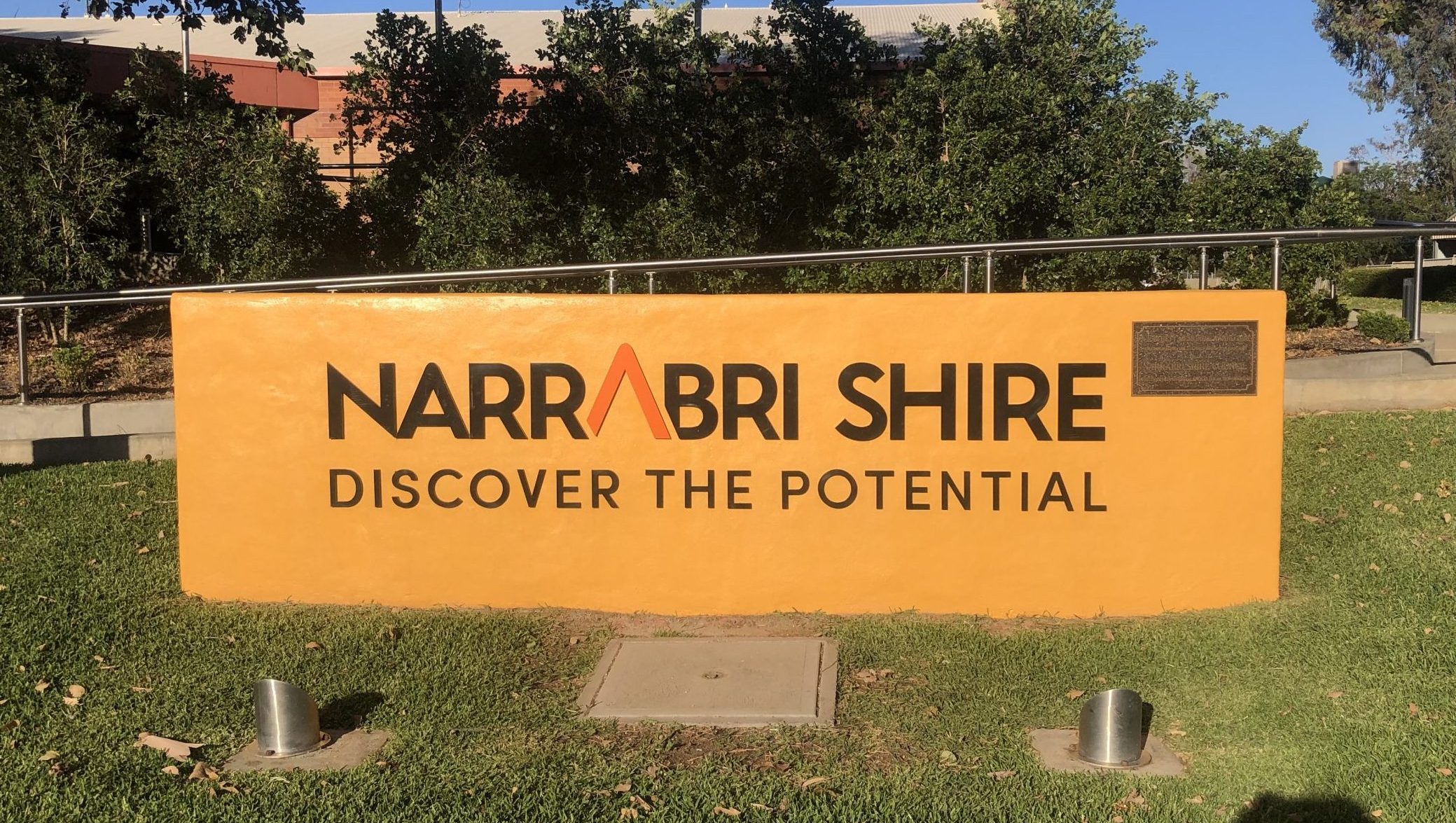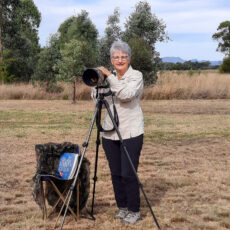Grieving families will be hit with an extra cost when burying or cremating their loved ones following the introduction of an interment services levy later this year.
The levy will be set at $41 per cremation, $63 per ash interment and $156 per burial from July.
Local government authorities have hit back at the state government for introducing the measure.
An estimated 80 per cent of burials in regional and rural NSW take place at council-operated cemetery facilities.
Narrabri Shire mayor Darrell Tiemens expressed his disappointment over the NSW government’s decision.
“Amid a cost-of-living crisis, the NSW government’s decision to impose a tax on burials and cremations is a profound misstep, unfairly burdening grieving families when they are most vulnerable,” said Cr Tiemens.
“This is not budget repair; it’s a cost shift that hits hardest in our rural and regional communities, where council cemeteries are often the only option. The NSW government must reconsider this decision and find a fairer way to balance its books without exploiting those in mourning”.
President of LGNSW Cr Darriea Turley AM called the new tax another example of cost shifting and has written to the minister responsible Steve Kamper calling for the decision to be reversed.
“LGNSW understands the need for NSW government to undertake budget repair, but a cash grab from families of the deceased in the middle of a cost-of-living crisis is not the right way to go about this,” Cr Turley said.
“This new tax will particularly hit rural and regional families.
“Across NSW, council cemeteries undertake more than 40 per cent of all burials but this rises to more than 80 per cent of all burials in rural and regional NSW.”
Cr Turley said council-operated cemeteries should not be required to pay the tax to fund the operations of the bureaucracy which regulates cemeteries.
“The regulators are public servants who should be paid from state coffers, not by picking the pockets of councils and families who have lost a loved one,” she said.
“In contrast to other cemetery operators, councils are already heavily regulated under the Local Government Act 1993. This regulation pertains to financial sustainability, oversight, reporting and transparency.”
Information published by the state government about the change said the cemeteries and crematoria sector were severely mismanaged, allowing indecision and infighting to trump the needs of people at their most vulnerable when they have just lost a loved one.
“The former government failed to implement key recommendations from the Statutory Review of the Cemeteries and Crematoria Act 11th Hour Report, including to ensure the sustainability of Crown operators, which was handed down in 2020,” the information read.
“The NSW government is addressing this crisis by acting on the recommendations of the IPART review and the Statutory Review’s 11th Hour Report.”
The priority areas identified in the strategic statement include strong consumer protection for customers and communities, supporting sustainable burial practices and identifying more cemetery land, and providing certainty for managing Crown cemeteries by finalising a two-operator model.
Minister for Lands and Property Steve Kamper said NSW needs a strong cop on the beat, as for too long cemeteries were neglected by previous governments leading to a critical lack of supply for burial space in Sydney, with bad operators left unregulated and customers left vulnerable.
“We want all people in NSW to have access to sustainable and affordable burial and cremation services that are respectful of culture and faith, and which are provided in a compassionate, consistent, transparent, and accountable way,” he said.
“Losing a loved one can be the most difficult time in a person’s life. We need to lift the bar with stronger regulation and better planning to ensure cemetery and crematoria operators and the public have transparency around pricing, service quality and future certainty.
“The sector has joined us on this transformation, and we thank them for their contribution, and we will continue to engage in genuine consultation on this journey as we shape the future of internment services to better serve the people of NSW.”
To order photos from this page click here



